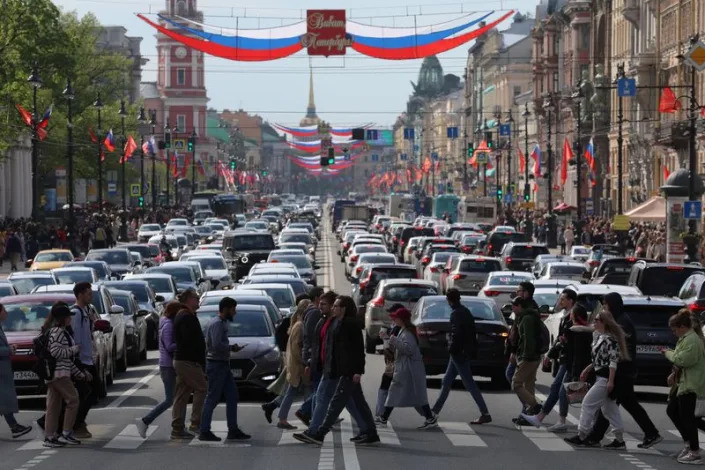Fri, March 24, 2023

Amazon SVP of People Experience and Technology, Beth Galetti,
Amazon's HR chief formally rejected an internal petition asking Amazon to reverse its return-to-office policy.
About 30,000 Amazon employees signed the petition pushing back against Amazon's RTO mandate.
Read the full text of Galetti's message to employees below.
On Wednesday, Amazon's top HR executive, Beth Galetti, sent employees a message officially rejecting an internal petition they had drafted against the company's new return-to-office policy.
The petition, which was shared with CEO Andy Jassy's leadership team last week according to Galetti's note, was signed by roughly 30,000 employees. The petition followed the RTO mandate that Jassy outlined last month, which asks employees to come into the office three times a week beginning in May.
Employees shared messages of disappointment on the company's Slack channel following Galetti's announcement.
"I realize Beth can't respond to every accommodation request, but I don't think this is representative of the vision she describes and the disconnect is painful," one person wrote.
Earlier this week, Amazon also said that it would be laying off an additional 9,000 employees, on top of the 18,000 roles it announced it was cutting in January.
Read the full text of Galetti's message below:
Hello all –
Andy's team shared your note last week, and I wanted to take a moment to follow up directly. First, thank you to everyone who collaborated on this document to thoughtfully bring their concerns forward.
Over the last three years, we have been continually assessing the strengths and shortcomings of different working models, listening to public health guidance on safety standards to bring employees back, and considering what's most compatible for our unique culture. As mentioned in Andy's update, the guiding principle used in our decision making was to prioritize what would enable us to make our customers' lives better and easier every day, and relentlessly invent to do so. Given the large size of our workforce and our wide range of businesses and customers, we recognize this transition may take time, but we are confident it will result in long-term benefits to increasing our ability to deliver for our customers, bolstering our culture, and growing and developing employees.
I also want to make it absolutely clear that our commitment to DEI, the safety and well-being of our employees, and sustainability remains unchanged. Moreover, our companywide Anti-Harassment Policy makes clear that we will not tolerate discrimination or harassment of any kind. Resources and HR business partners are available to employees who feel they have been subject to discrimination in the workplace. We also have the People Accessibility & Disability Experience team that is available to assist employees with disabilities. Further information on health and safety standards, commuter benefits, accommodations, and other concerns can be found in this FAQ.
Thank you again for raising your concerns as it's important to me and the rest of leadership team that employee voices are heard.
Beth










.jpg)




